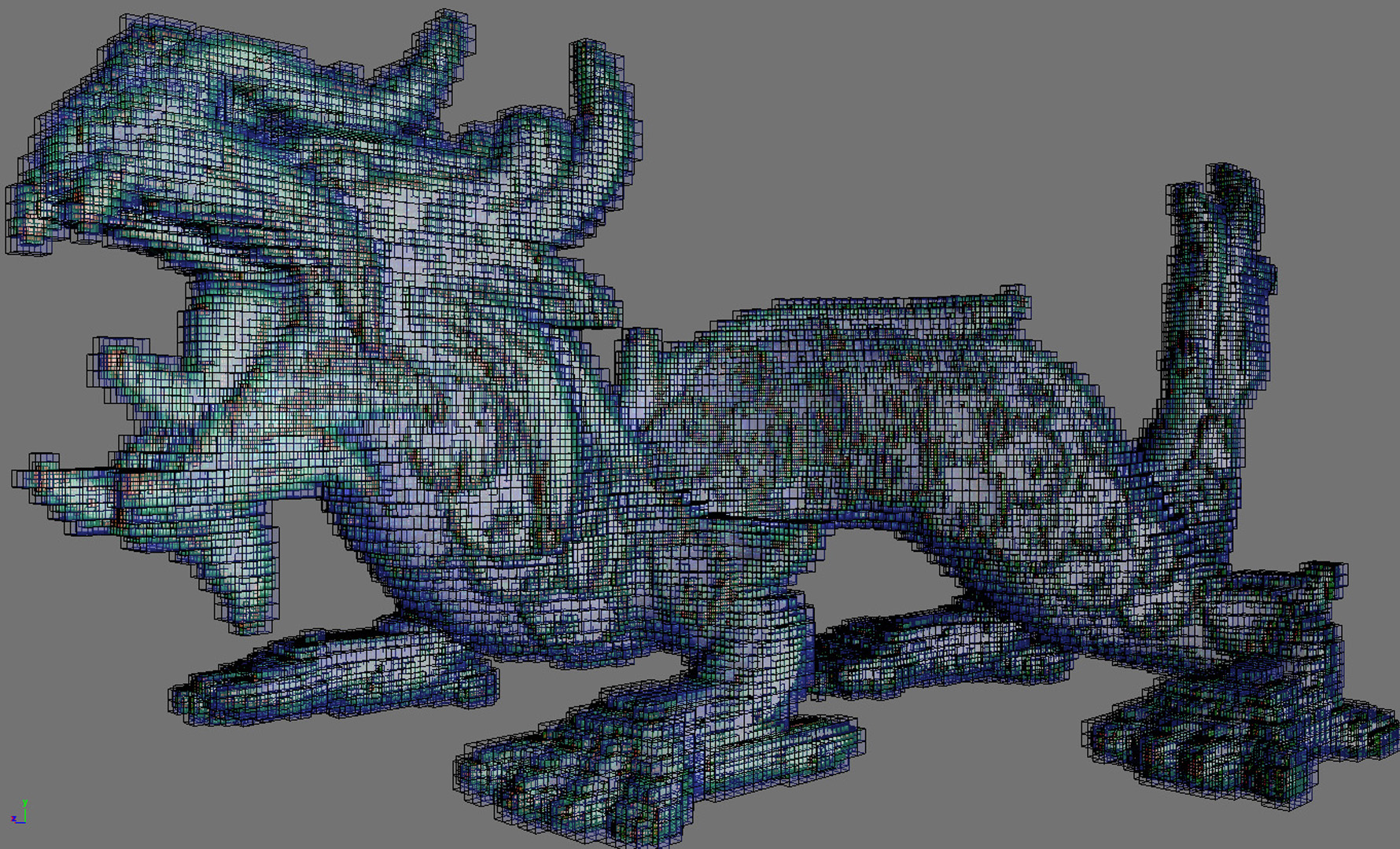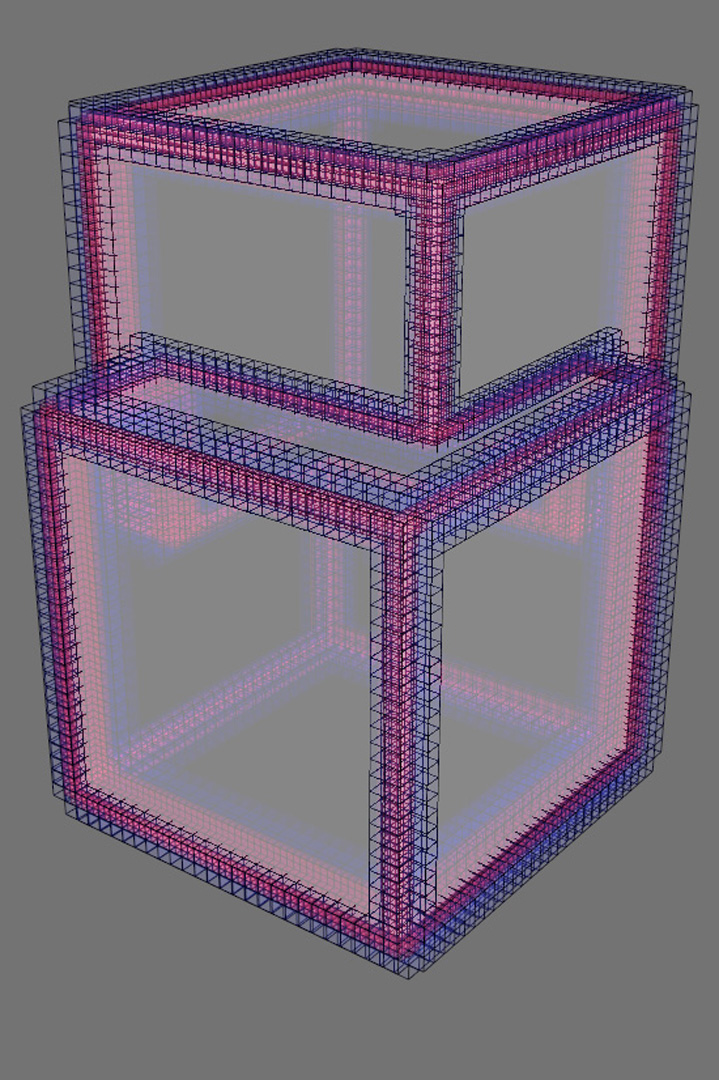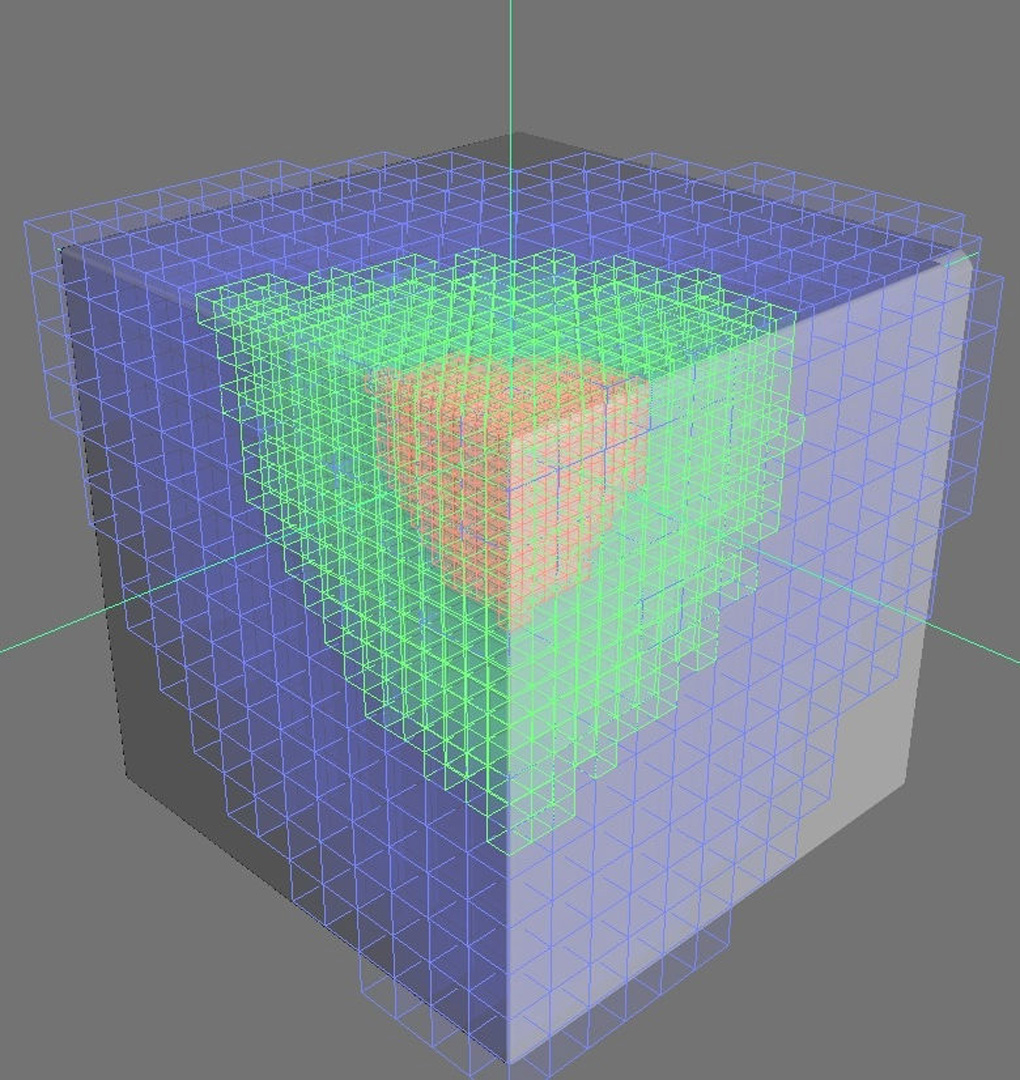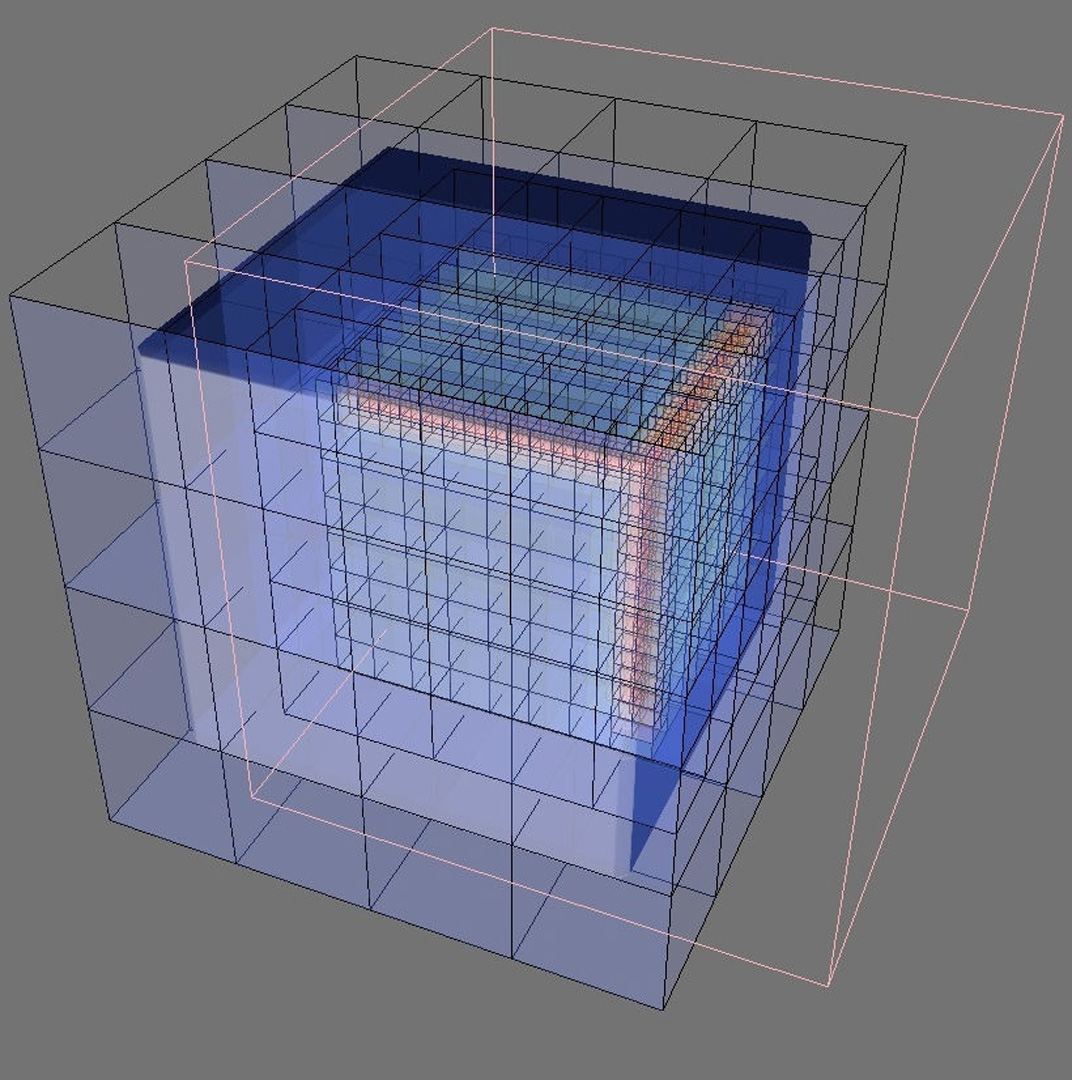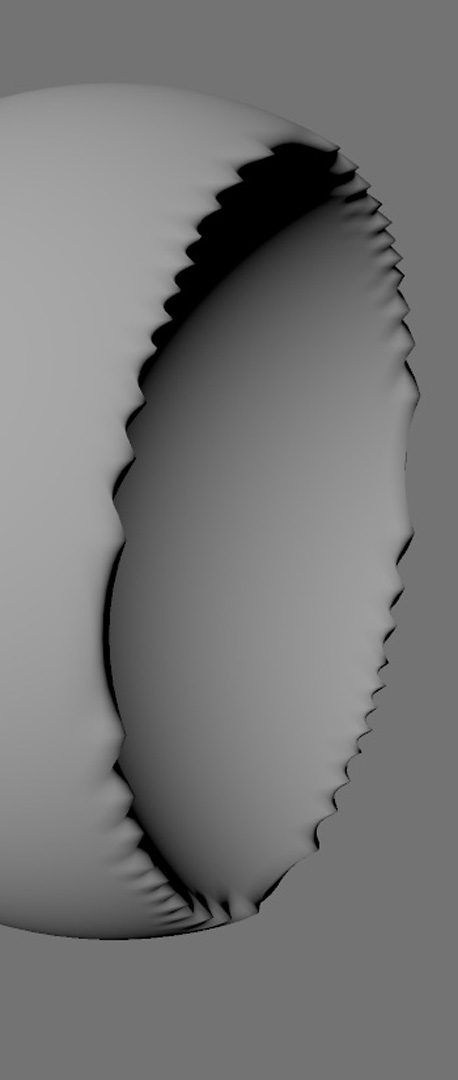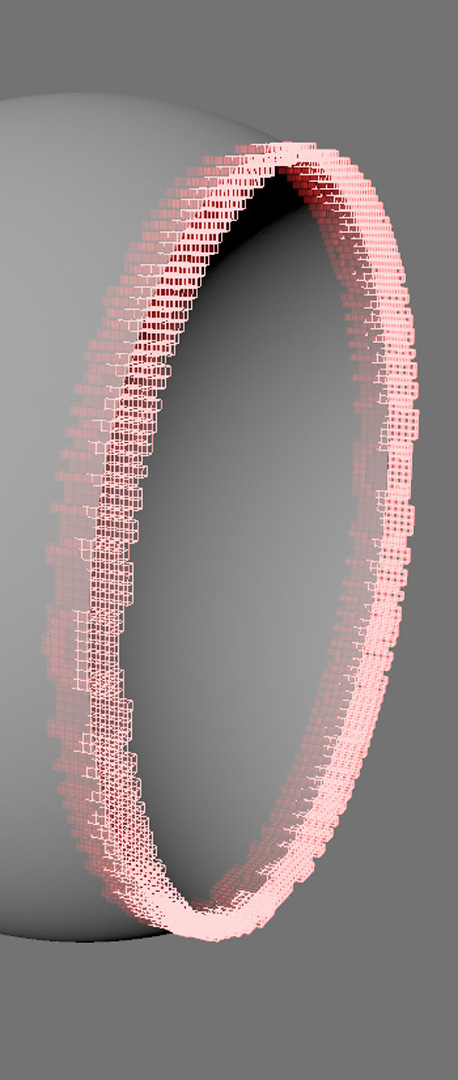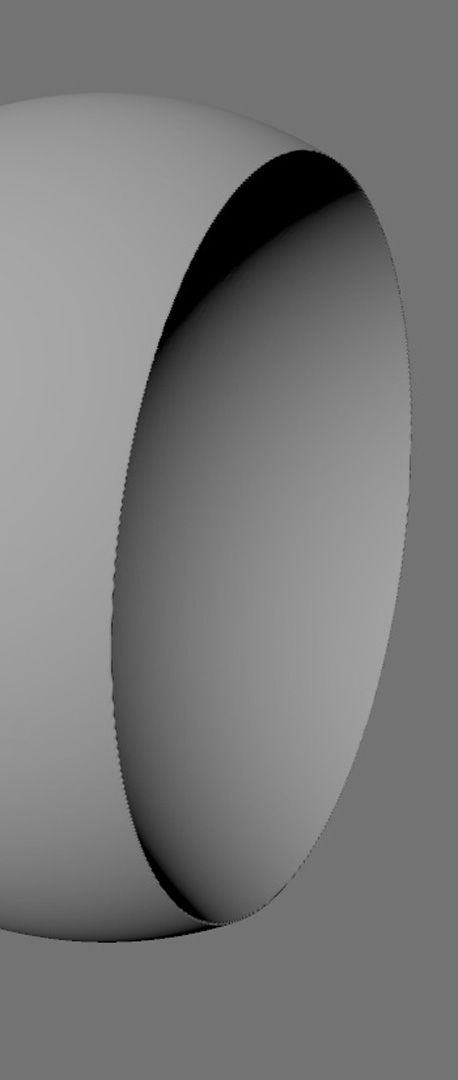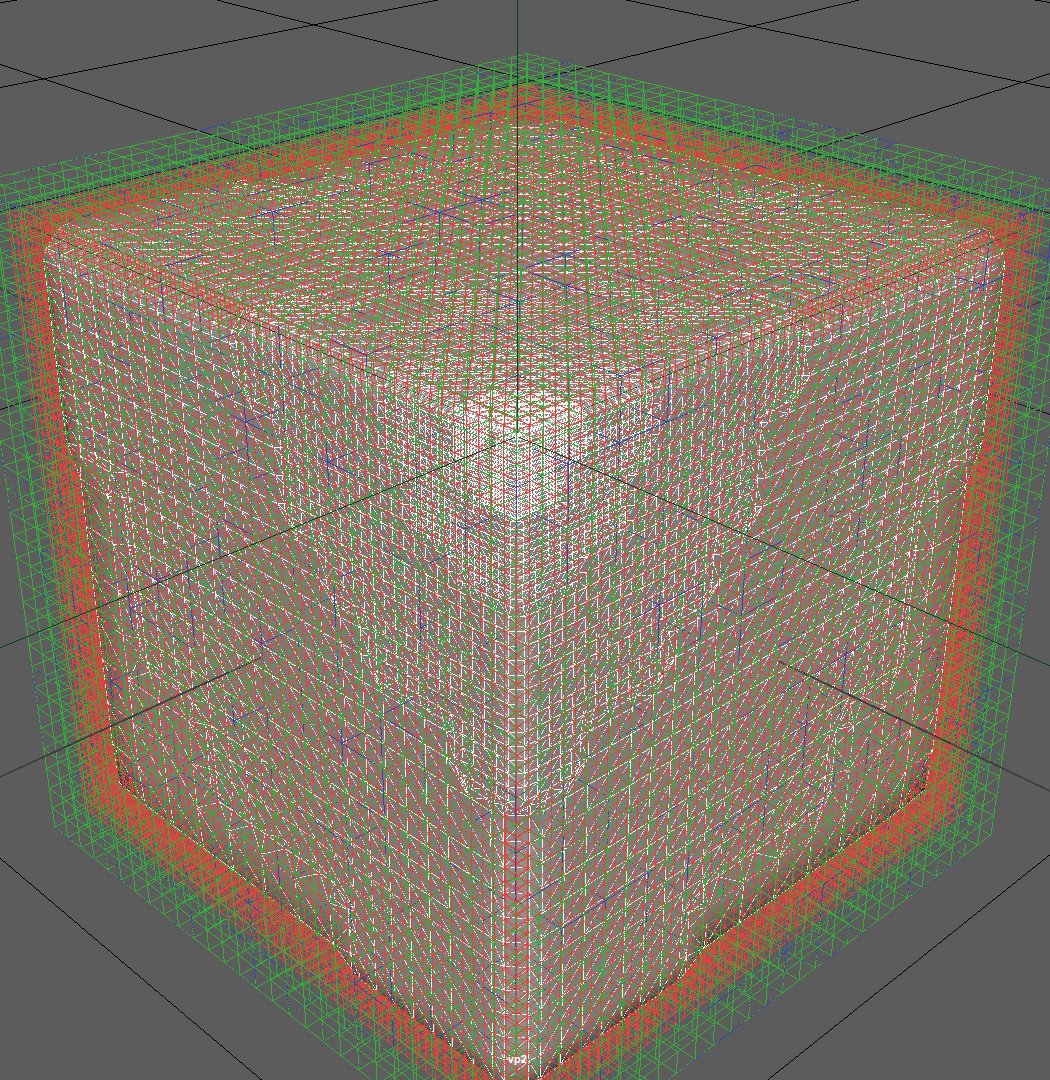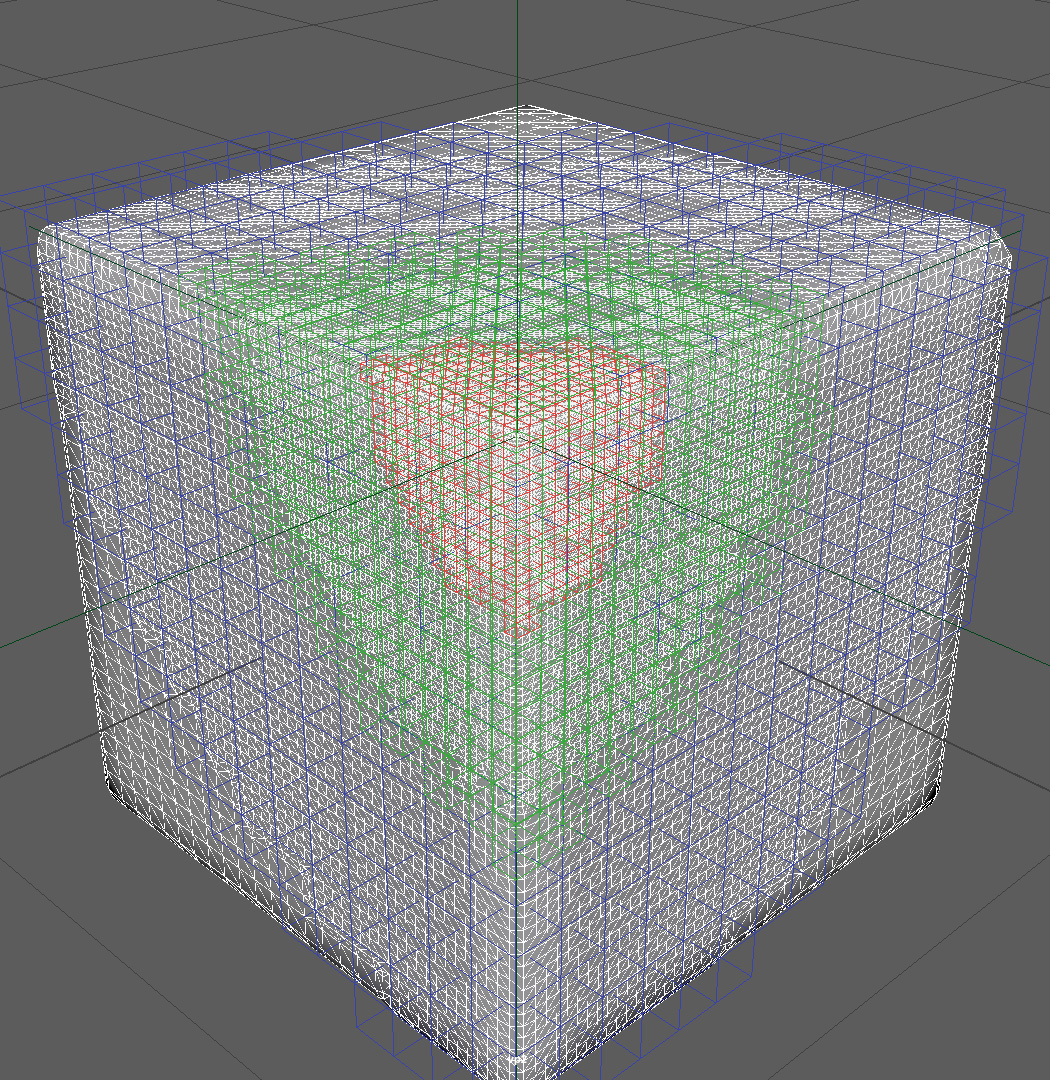“Spatially Adaptive Volume Tools in Bifrost” by Bojsen-Hansen, Nielsen, Stamatelos and Bridson
Conference:
Type(s):
Entry Number: 16
Title:
- Spatially Adaptive Volume Tools in Bifrost
Presenter(s)/Author(s):
Abstract:
The level set method offers many advantages over e.g. meshes for modelling and visual effects, but a naïve implementation is both computationally expensive and memory intensive. Narrow band level sets alleviate both issues but are still limited by the finest detail resolved due to uniform resolution along the surface. Voxel structures that are adaptive along the surface improve this [Frisken et al. 2000], but have not seen wide adoption. This is presumably due to difficulties matching the performance of optimized narrow band implementations like industry standard OpenVDB [Museth 2013]. We present the adaptive level set implementation in Bifrost which is competitive with OpenVDB in speed while offering lower memory usage thanks to spatial adaptivity. Our contributions include novel algorithms for adaptive sharpened B-spline interpolation of volumes in general, voxelizing meshes and points into adaptive level set volumes, and meshing adaptive level sets.
References:
- Edelsbrunner and E. P. Mücke. 1988. Simulation of Simplicity: A Technique to Cope with Degenerate Cases in Geometric Algorithms. In Proc. Fourth Annual Symp. Computational Geometry. ACM, 118–133.
Sarah F. Frisken, Ronald N. Perry, Alyn P. Rockwood, and Thouis R. Jones. 2000. Adaptively Sampled Distance Fields: A General Representation of Shape for Computer Graphics. In Proc. SIGGRAPH 2000. 249–254.
Ken Museth. 2013. VDB: High-Resolution Sparse Volumes with Dynamic Topology. ACM Trans. Graph. 32, 3, Article 27 (July 2013).
Michael B. Nielsen and Robert Bridson. 2016. Spatially Adaptive FLIP Fluid Simulations in Bifrost. In ACM SIGGRAPH 2016 Talks. ACM, Article 41.
Scott Schaefer and Joe Warren. 2004. Dual Marching Cubes: Primal Contouring of Dual Grids. In Proc. 12th Pacific Conference on Computer Graphics and Applications (PG 2004). 70–76.
Hongyi Xu and Jernej Barbič. 2014. Signed Distance Fields for Polygon Soup Meshes. In Proc. Graphics Interface 2014 (GI ’14). CAPS, 35–41.

